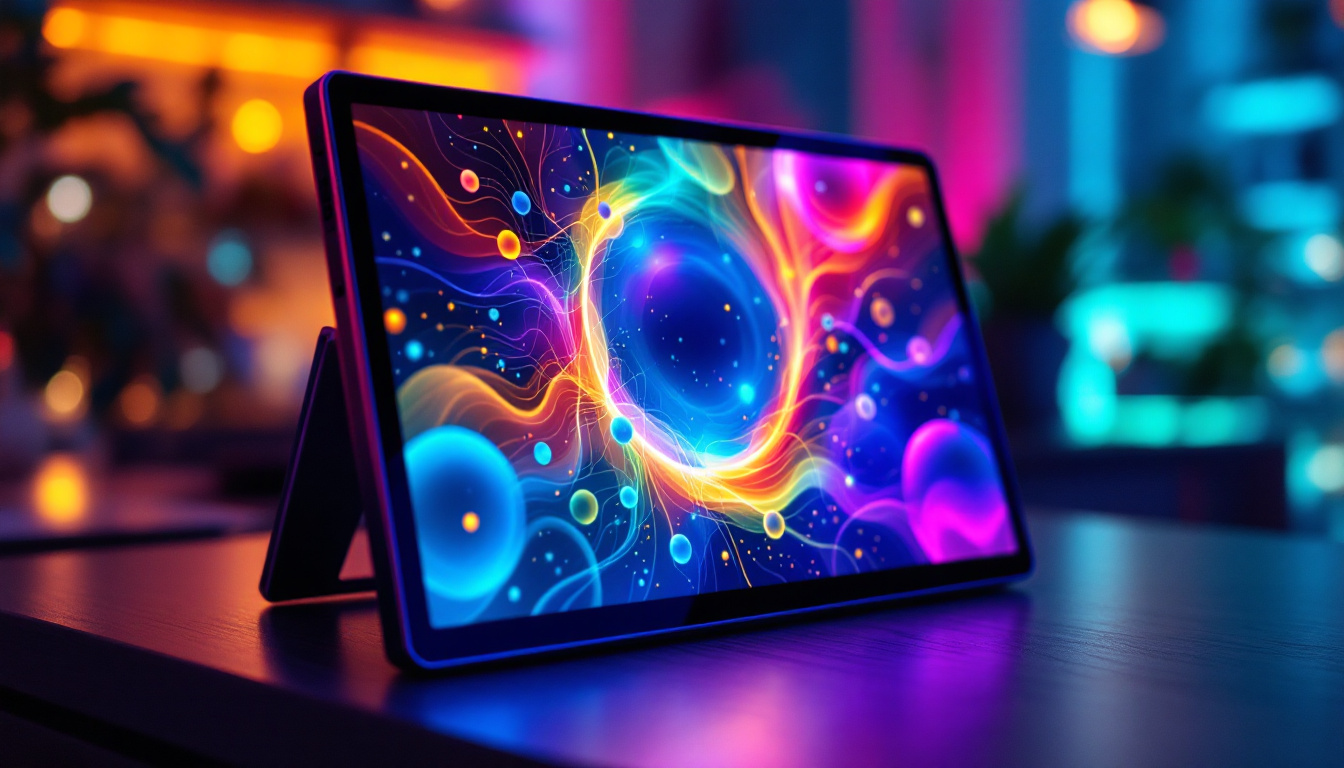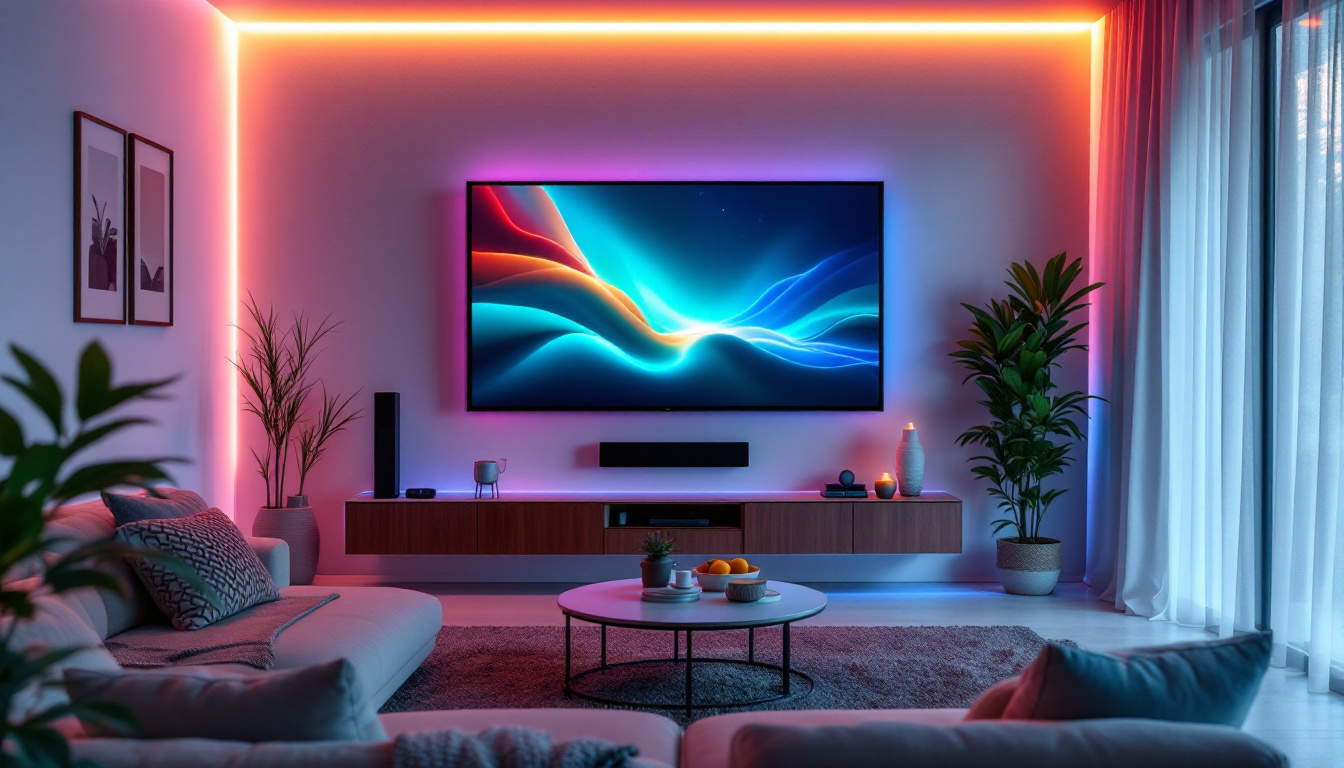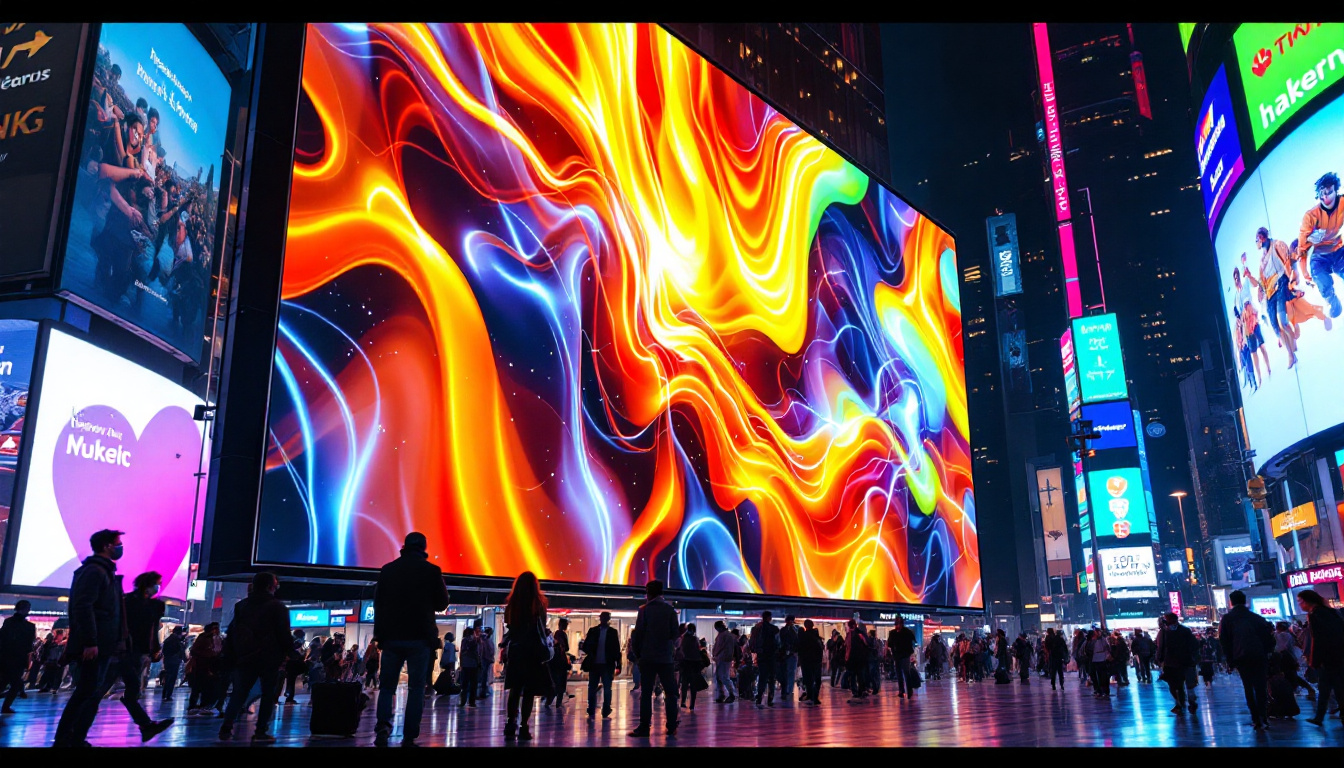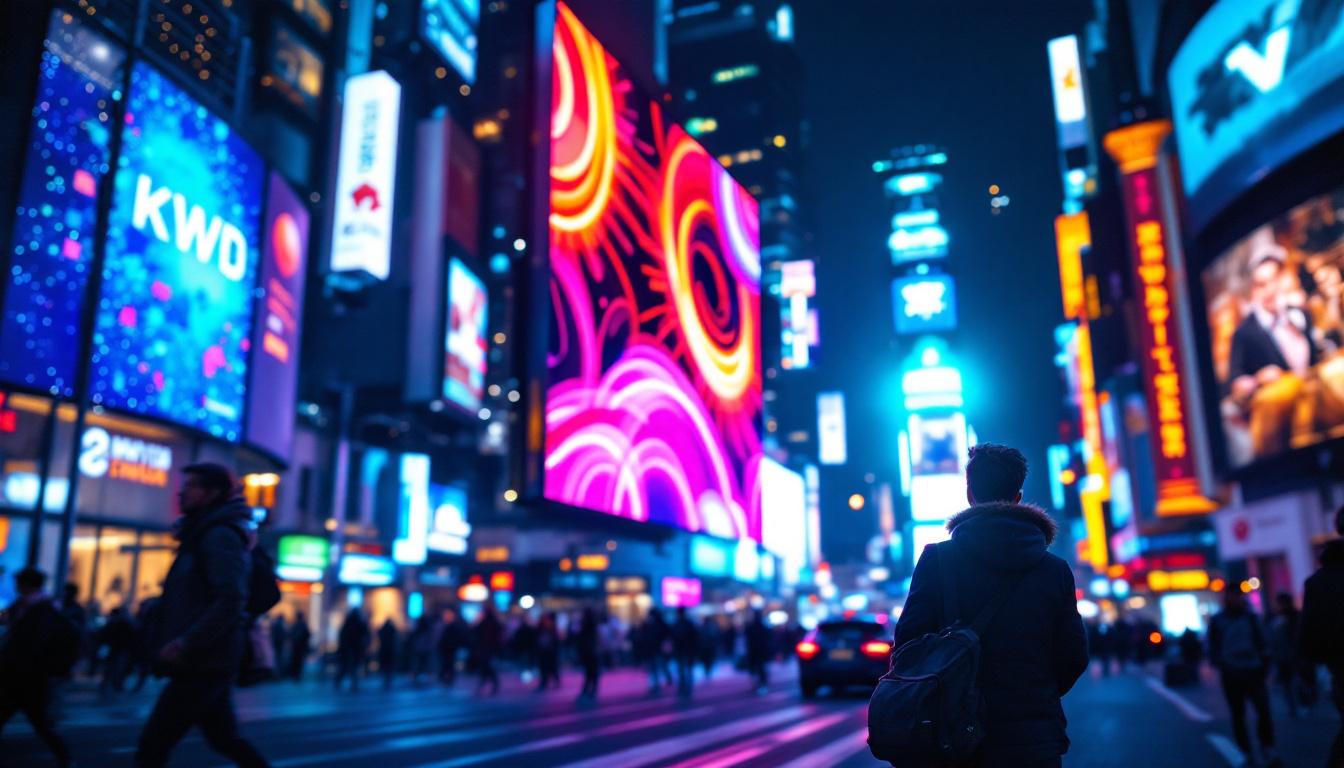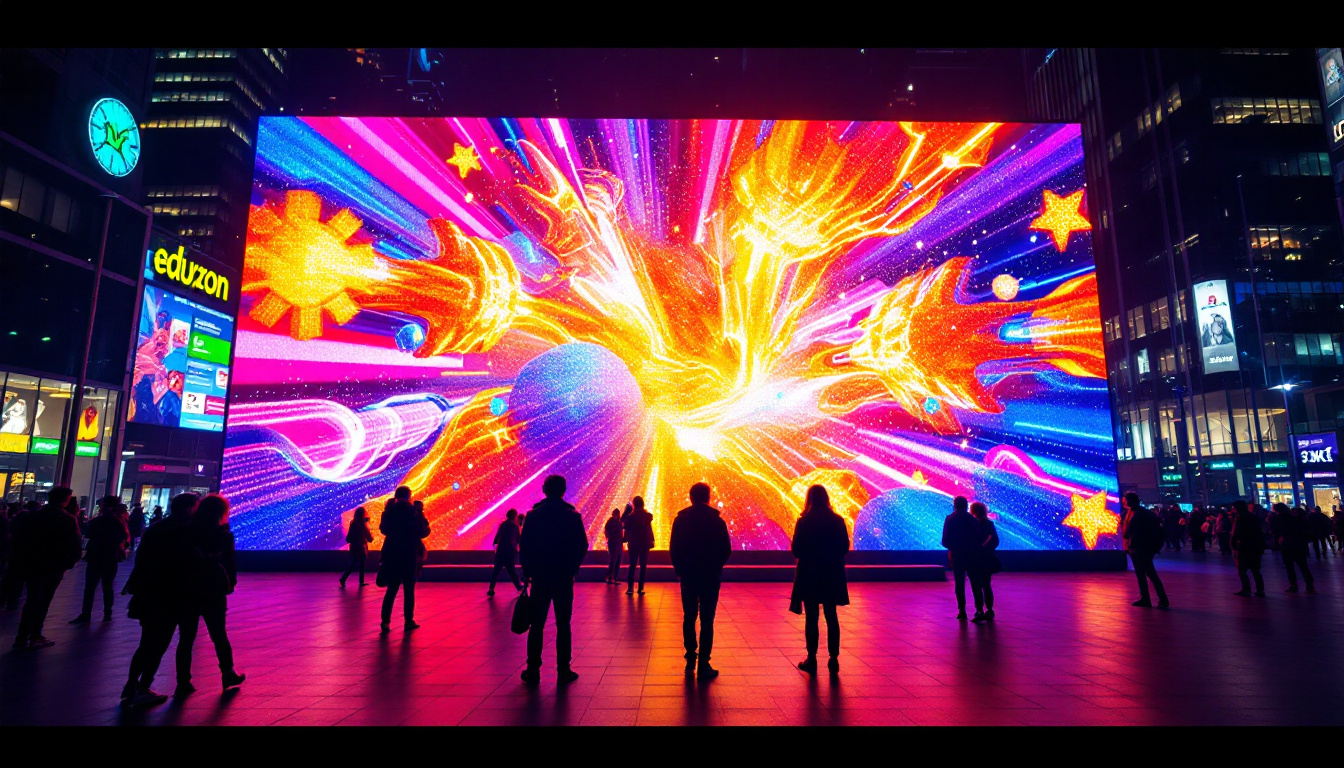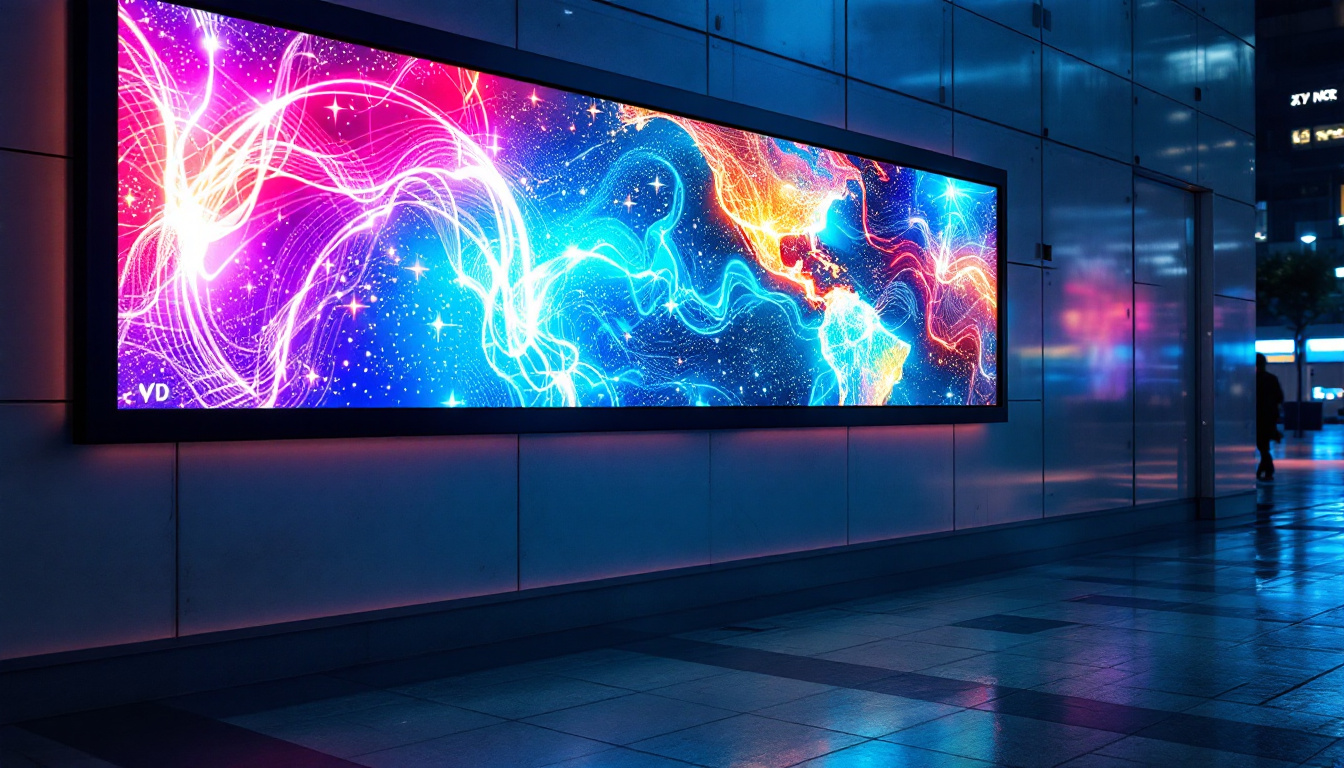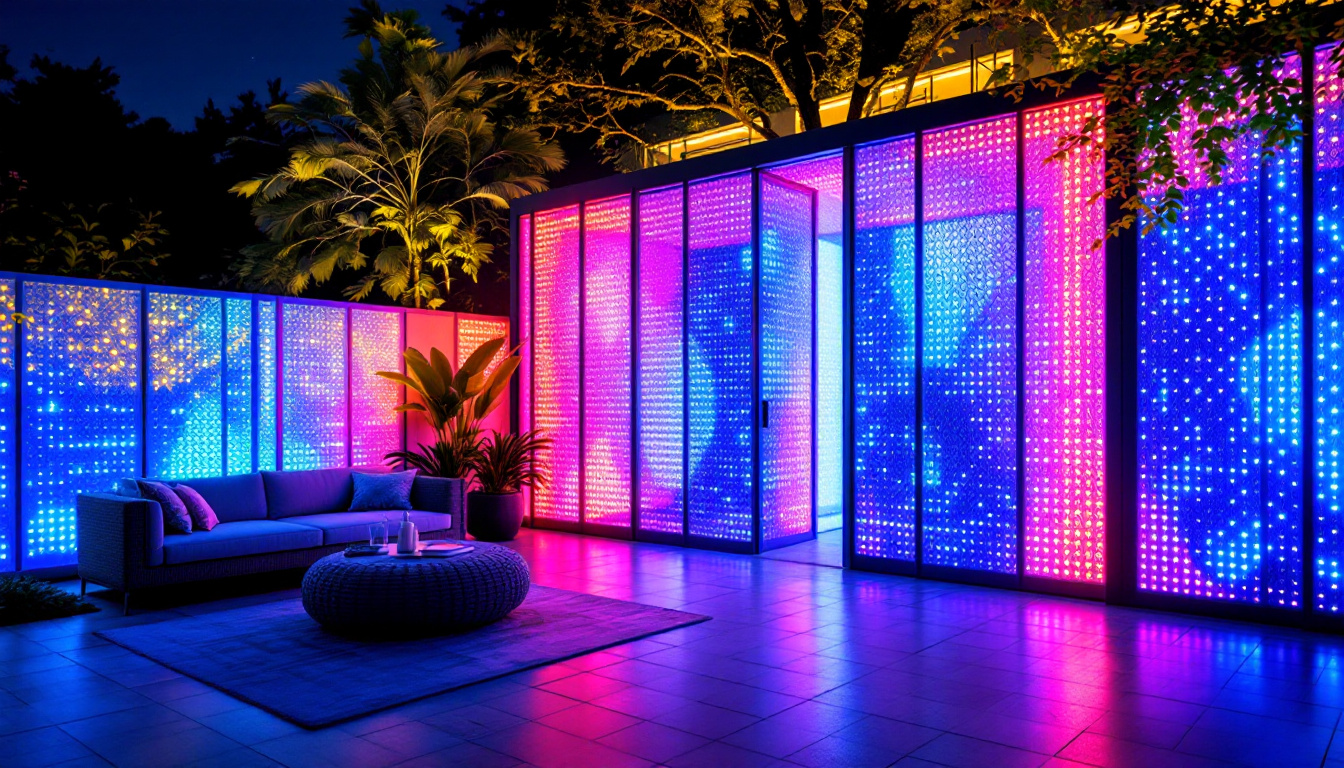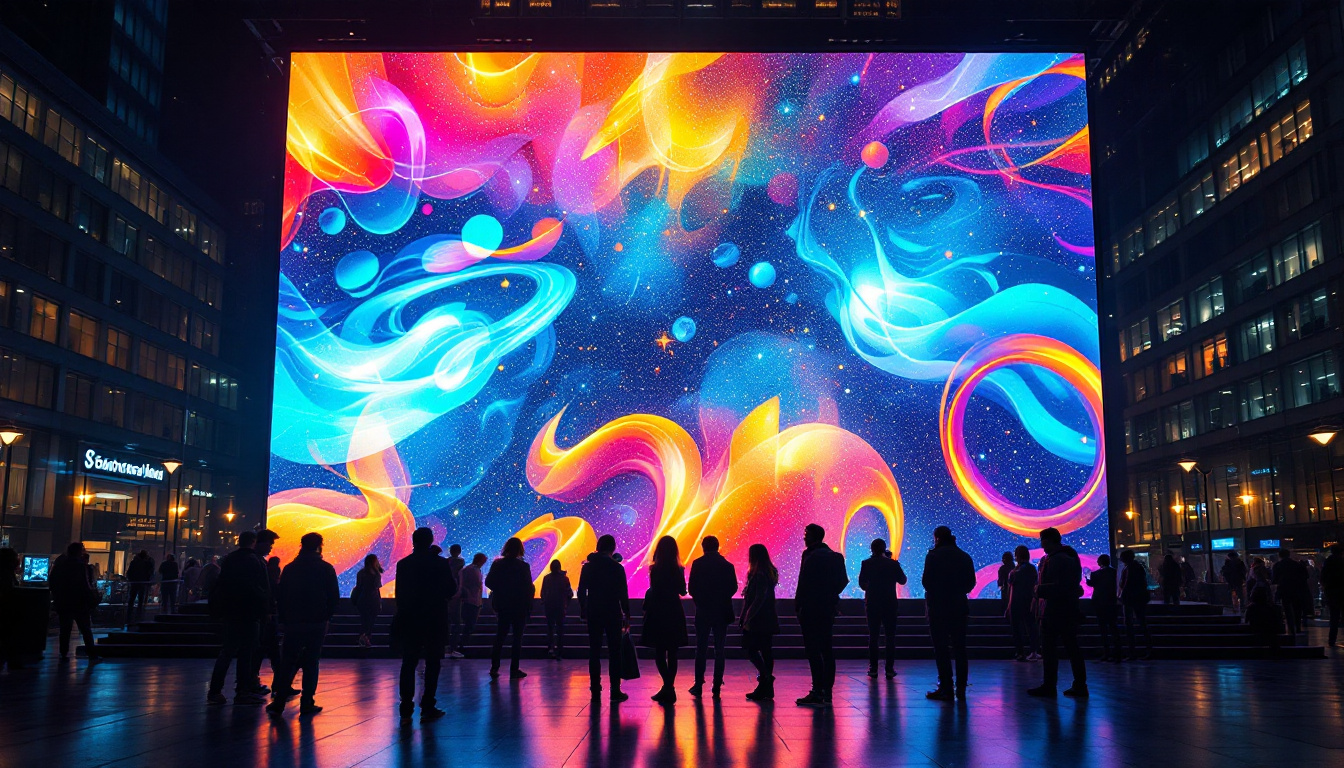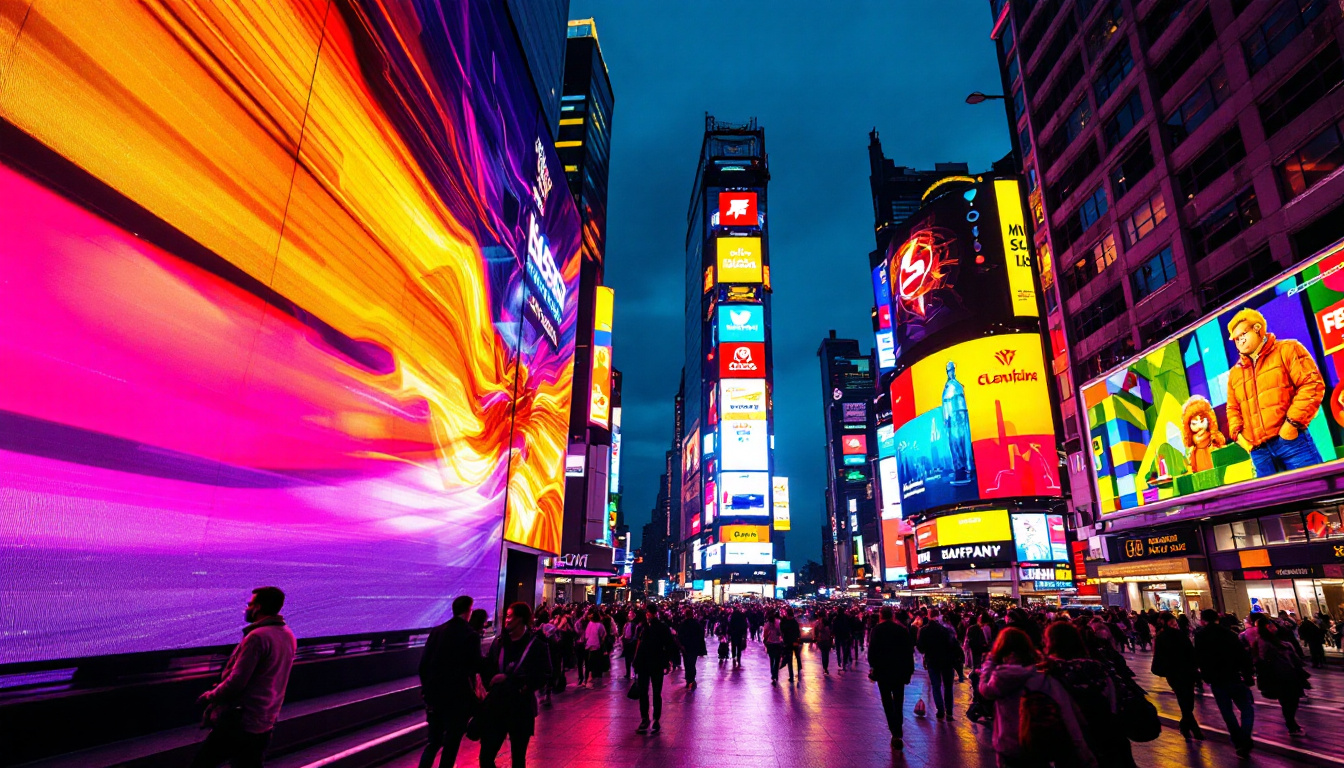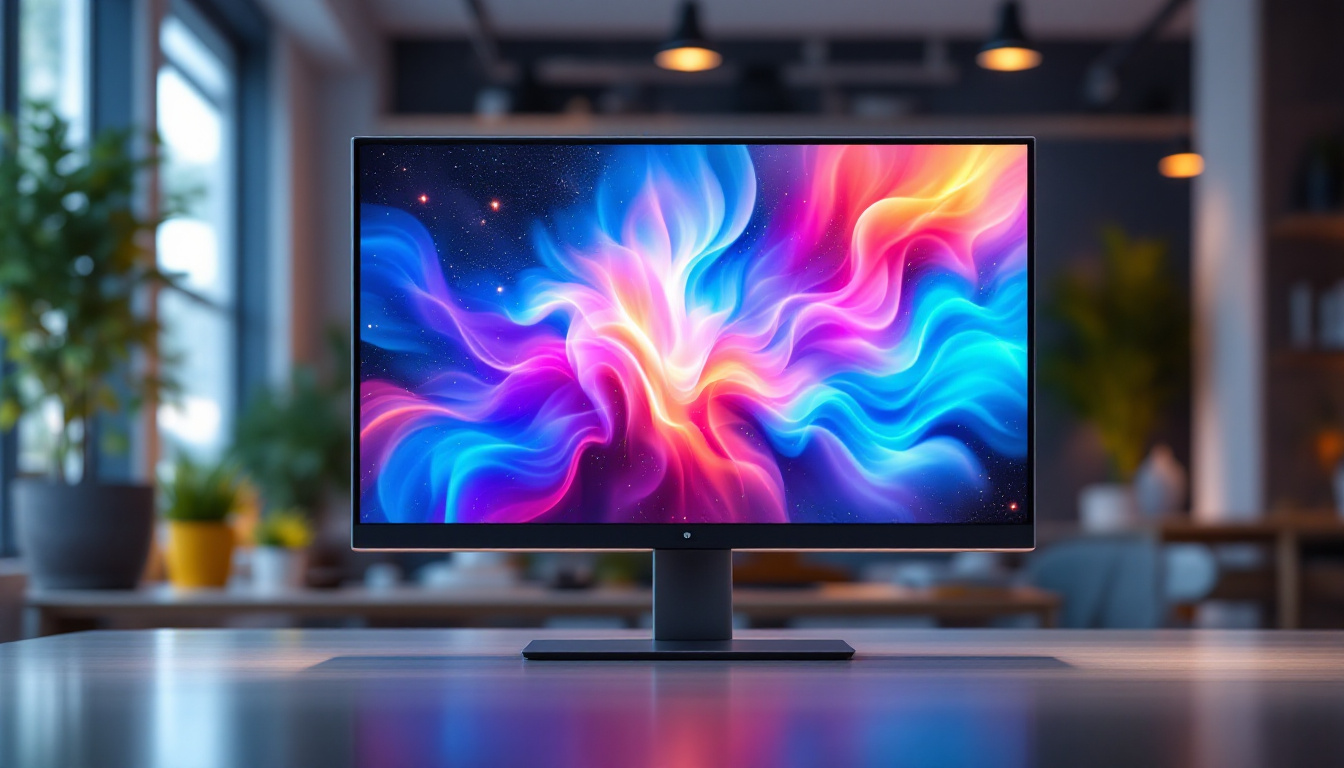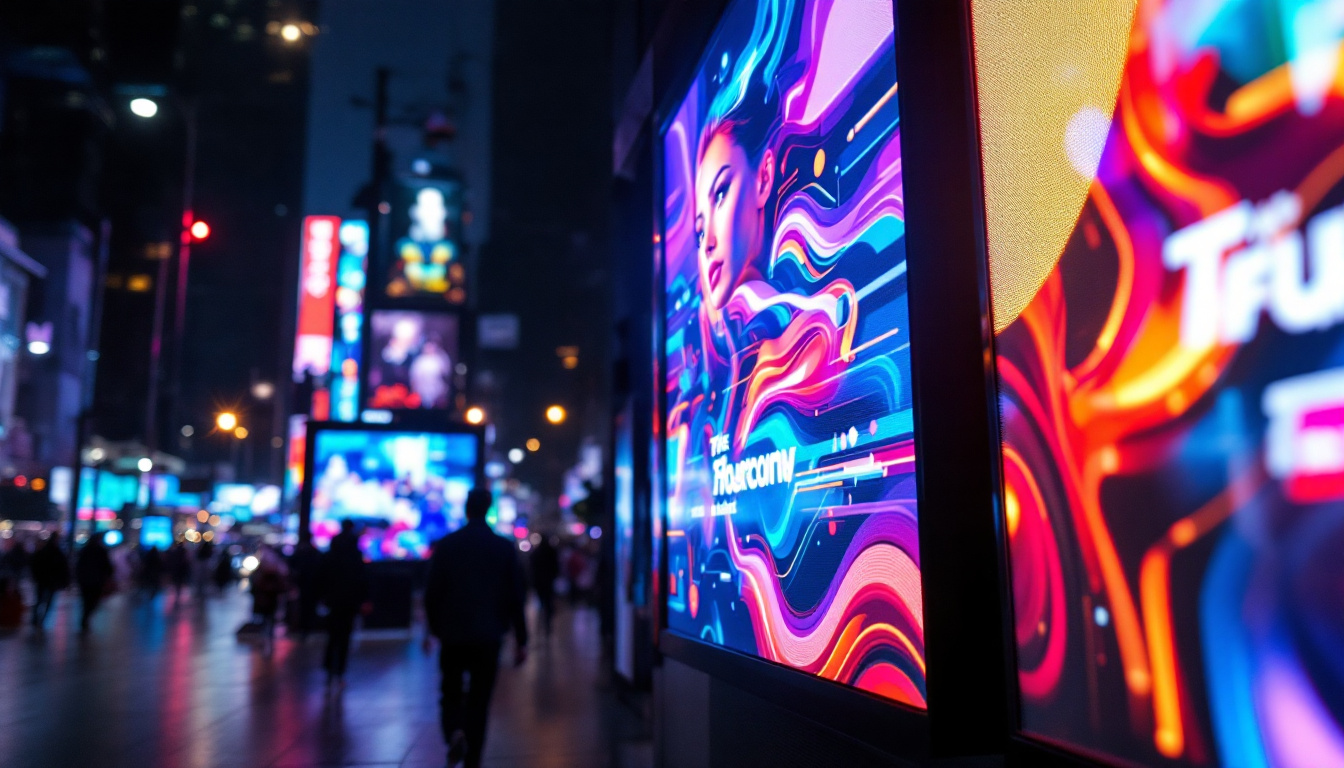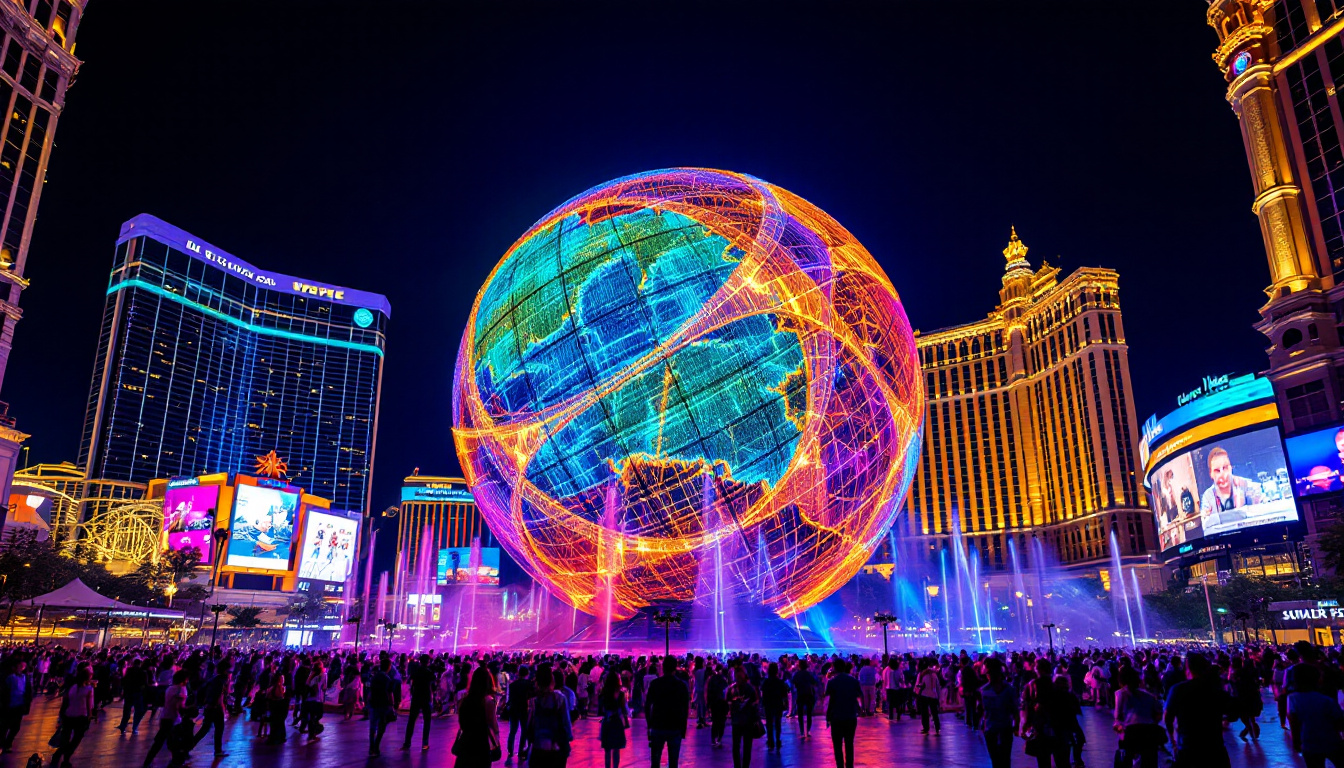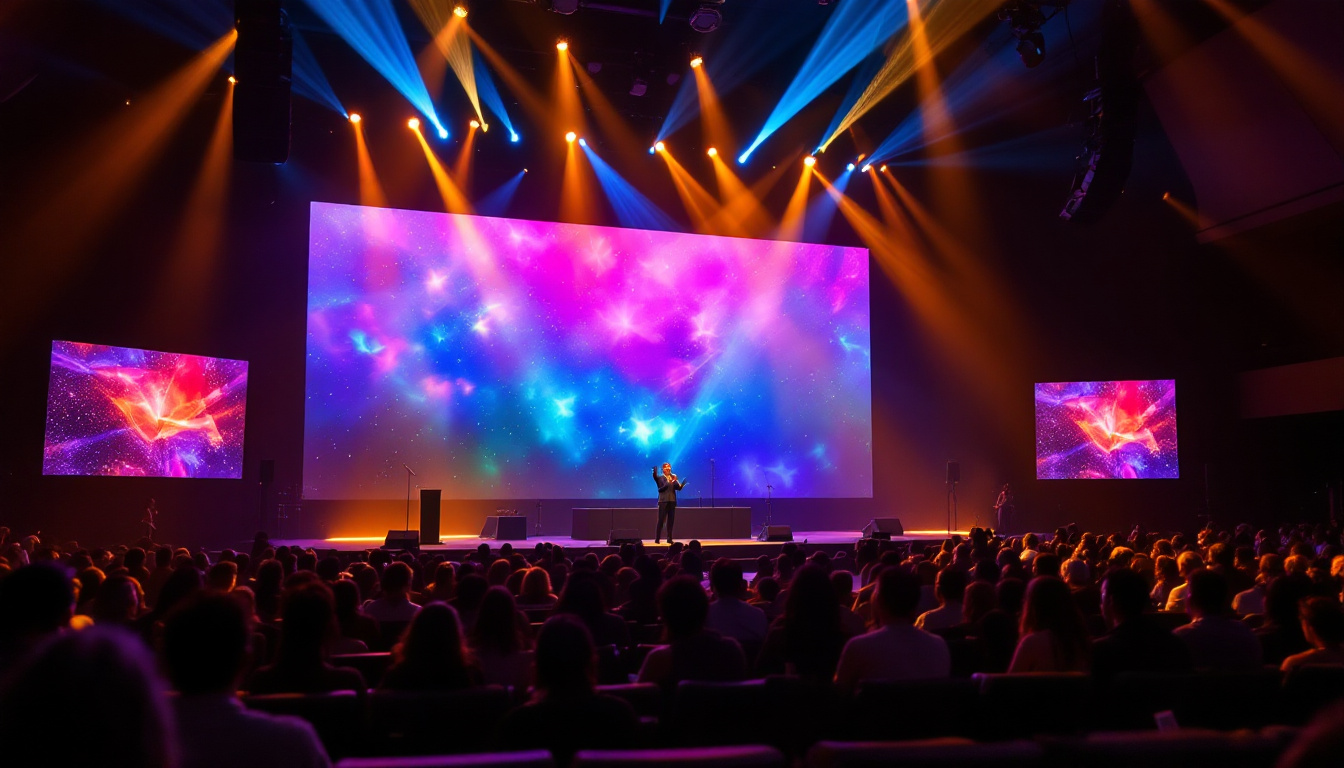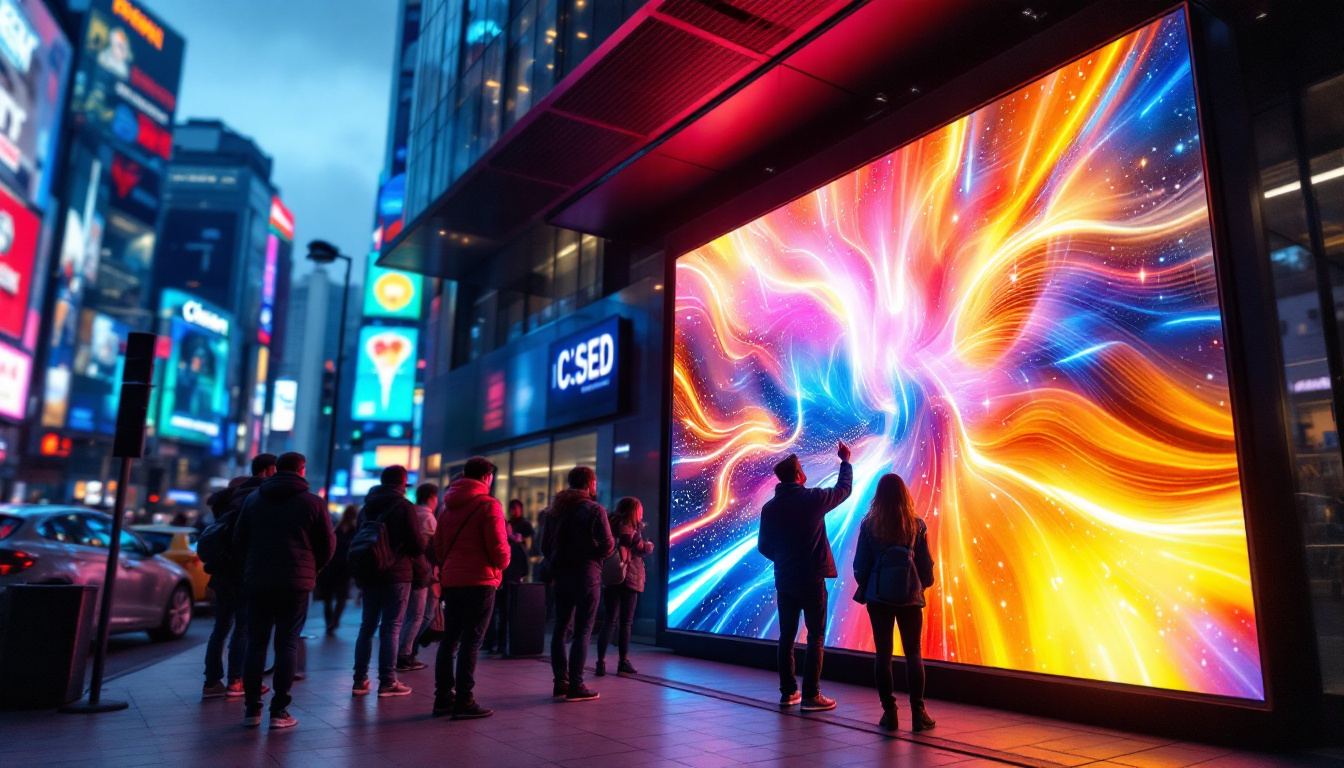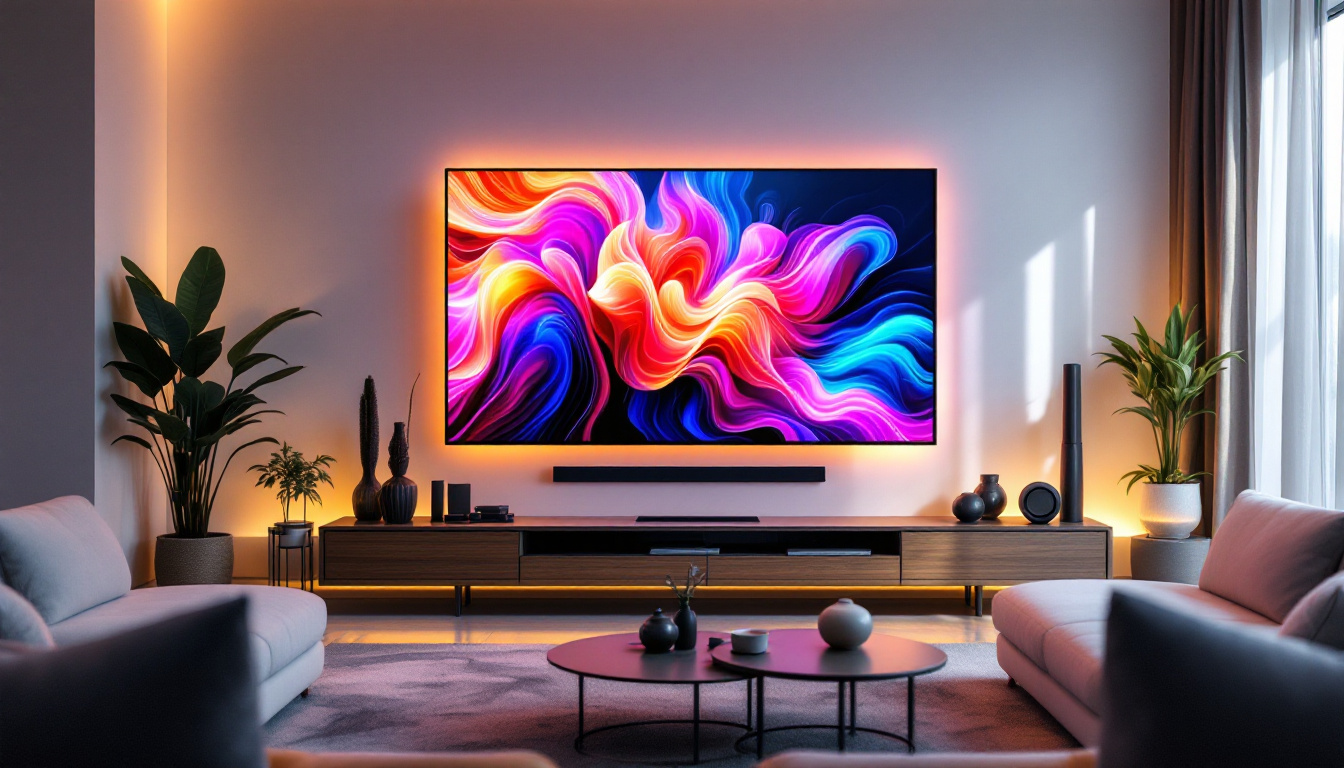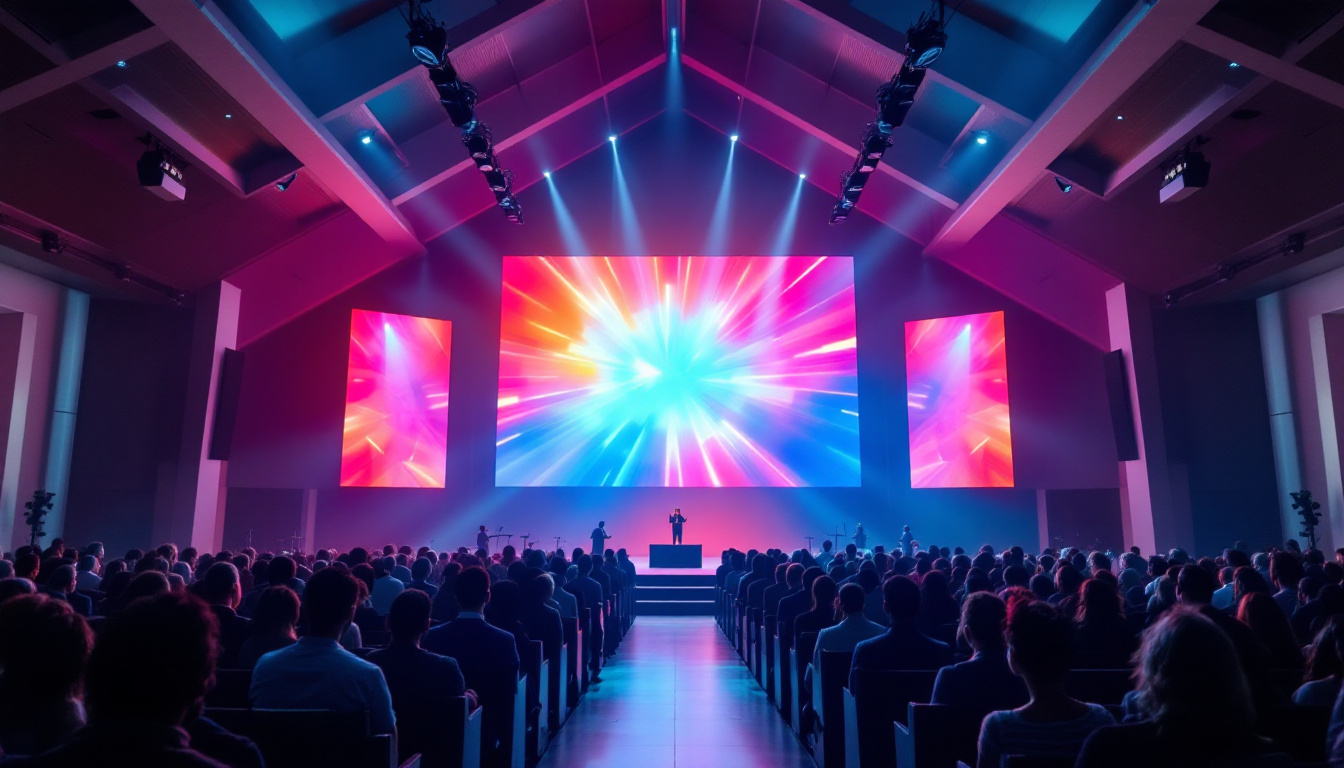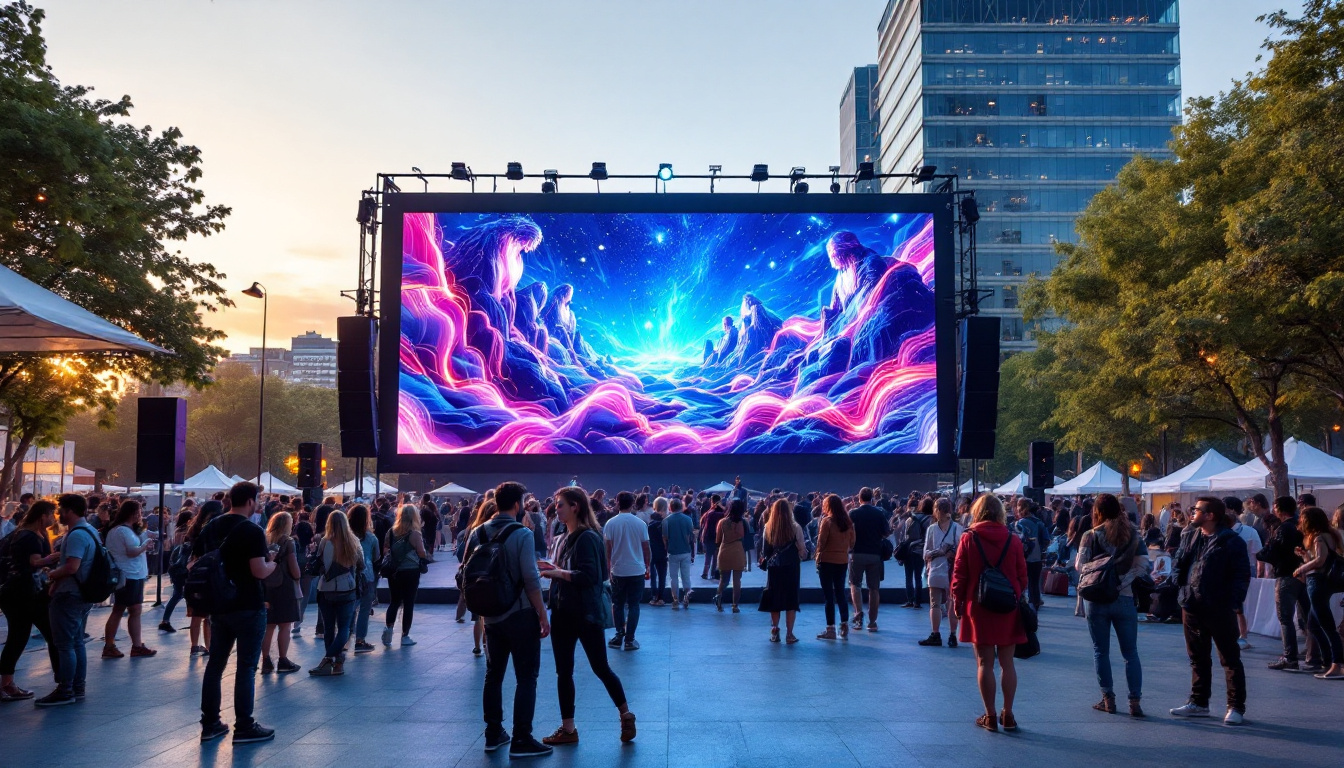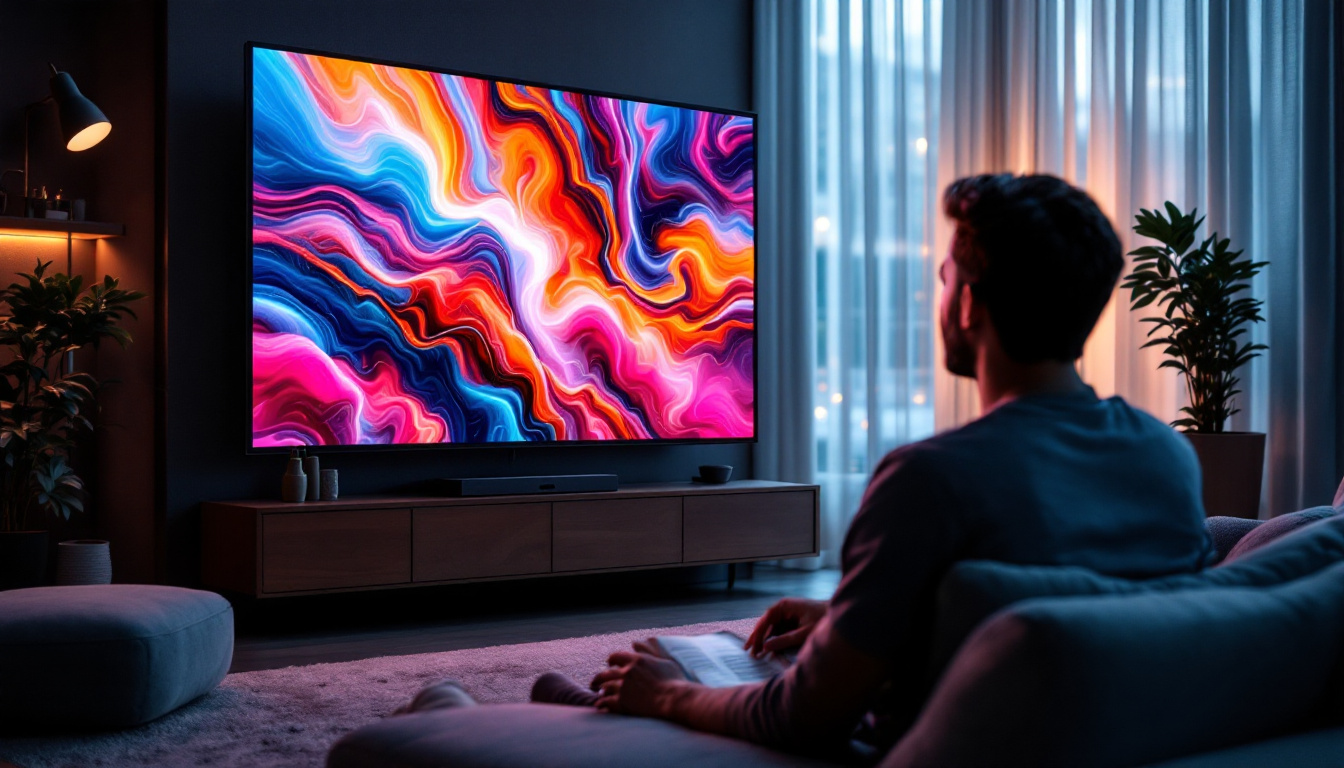The world of LED displays is vast and rapidly evolving, offering a plethora of options for various applications. From commercial advertising to personal use, LED displays have become an integral part of modern technology. This article delves into the specifics of LED displays, particularly in the context of the Poe Tab Sale, a popular event that showcases cutting-edge technology and innovative products. Understanding the intricacies of LED displays can help consumers make informed decisions during such sales.
What is an LED Display?
LED stands for Light Emitting Diode, a semiconductor device that emits light when an electric current passes through it. LED displays are made up of numerous tiny LEDs that work together to create images and videos. These displays are known for their brightness, energy efficiency, and longevity compared to traditional display technologies like LCD and CRT. The technology behind LED displays has evolved significantly over the years, leading to innovations such as pixel pitch adjustments and enhanced color reproduction, which allow for more detailed and vibrant visuals.
Types of LED Displays
LED displays come in various types, each designed for specific uses. The most common types include:
- Direct View LED Displays: These are large screens made entirely of LEDs and are often used for outdoor advertising and large venues. Their modular design allows for easy scalability, making them ideal for everything from stadiums to concert halls.
- LED-backlit LCD Displays: These displays use LED lights to illuminate an LCD panel, offering better brightness and color accuracy than traditional LCDs. This hybrid technology combines the best of both worlds, providing a thinner profile while enhancing the viewing experience.
- Organic LED (OLED) Displays: OLED technology uses organic compounds to emit light, providing superior color contrast and flexibility in design. This allows for ultra-thin screens that can be curved or even made transparent, opening up new possibilities for innovative applications in consumer electronics and advertising.
Advantages of LED Displays
LED displays offer several advantages that make them a preferred choice for many applications:
- Energy Efficiency: LED technology consumes significantly less power than traditional display technologies, making it an environmentally friendly option. This efficiency not only reduces electricity costs but also minimizes heat output, contributing to a cooler operating environment.
- Brightness: LED displays can produce bright images, making them suitable for both indoor and outdoor use, even in direct sunlight. This high brightness level ensures that content remains visible and engaging, regardless of ambient lighting conditions.
- Longevity: With a lifespan of up to 100,000 hours, LED displays outlast many other types of screens, reducing the need for frequent replacements. This durability translates into lower maintenance costs and less waste, aligning with sustainable practices in technology.
In addition to these advantages, LED displays are also highly customizable, allowing for various shapes, sizes, and resolutions to meet the specific needs of different projects. This versatility has led to their widespread adoption in diverse sectors, including retail, entertainment, and transportation. Furthermore, advancements in smart technology have enabled LED displays to integrate seamlessly with digital signage systems, enhancing interactivity and user engagement through real-time updates and dynamic content delivery.
Moreover, the rapid development of LED technology has paved the way for innovations such as mini-LED and micro-LED displays, which promise even greater efficiency and performance. These next-generation displays are poised to revolutionize the market by offering improved color accuracy, contrast ratios, and viewing angles, making them ideal for high-end applications like home theaters and professional studios. As the demand for high-quality visual experiences continues to grow, LED displays are set to play an increasingly vital role in shaping the future of digital communication and entertainment.
The Role of Poe Tab Sale in LED Display Technology
The Poe Tab Sale is a significant event in the tech industry, where consumers can find the latest advancements in LED display technology. This sale not only features a wide range of products but also provides insights into the future of display technology.
Innovations Showcased at Poe Tab Sale
During the Poe Tab Sale, various innovations in LED display technology are highlighted. Some of the most notable advancements include:
- Flexible Displays: These displays can bend and shape to fit various surfaces, offering new possibilities for design and application.
- High Dynamic Range (HDR): HDR technology enhances the contrast and color accuracy of LED displays, providing a more immersive viewing experience.
- Smart Displays: Integration with IoT technology allows LED displays to connect with other devices, enabling interactive and dynamic content delivery.
Consumer Benefits
The Poe Tab Sale provides consumers with the opportunity to purchase high-quality LED displays at competitive prices. Additionally, the event often features expert demonstrations, allowing potential buyers to see the technology in action and understand its benefits firsthand.
Understanding LED Display Specifications
When considering an LED display, it is crucial to understand the specifications that determine its performance. Key specifications include resolution, brightness, contrast ratio, and refresh rate.
Resolution
Resolution refers to the number of pixels that make up the display image. Higher resolutions result in sharper images and finer details. Common resolutions for LED displays include Full HD (1920×1080), 4K (3840×2160), and even 8K (7680×4320) for ultra-high-definition displays.
Brightness
Measured in nits, brightness indicates how well a display can be seen in various lighting conditions. Outdoor displays typically require higher brightness levels (over 1,000 nits) to remain visible in direct sunlight, while indoor displays can function well at lower brightness levels.
Contrast Ratio
The contrast ratio is the difference between the brightest white and the darkest black a display can produce. A higher contrast ratio results in more vibrant colors and a more dynamic viewing experience, making it an essential factor for consumers to consider.
Applications of LED Displays
LED displays are used in a wide range of applications, showcasing their versatility and effectiveness. From advertising to entertainment, their uses are diverse and impactful.
Advertising and Marketing
One of the most common applications of LED displays is in advertising. Billboards and digital signage utilize LED technology to capture the attention of passersby. The ability to change content dynamically allows businesses to tailor their messages to specific audiences and times, maximizing engagement.
Entertainment and Events
In the entertainment industry, LED displays are used for concerts, sports events, and festivals. Large screens provide audiences with enhanced visuals, ensuring that everyone can enjoy the performance, regardless of their seating position. Additionally, LED technology is used in stage designs, creating immersive experiences that captivate viewers.
Corporate and Educational Use
In corporate settings, LED displays are utilized for presentations, conferences, and training sessions. Their clarity and brightness make them ideal for sharing information with large groups. In educational environments, LED displays can enhance learning experiences, providing interactive and engaging content that captures students’ attention.
Choosing the Right LED Display
With numerous options available, choosing the right LED display can be a daunting task. Several factors should be considered to ensure that the selected display meets the specific needs of the user.
Determine the Purpose
Understanding the primary purpose of the display is the first step in the selection process. Whether it is for advertising, entertainment, or educational purposes, identifying the intended use will help narrow down the options.
Consider the Environment
The environment in which the display will be used plays a significant role in determining the appropriate specifications. For outdoor use, a display with high brightness and weather resistance is essential, while indoor displays can focus more on resolution and color accuracy.
Budget Constraints
Budget is another critical factor to consider. LED displays come in a wide range of prices, and it is essential to find a balance between quality and affordability. Investing in a high-quality display may yield better long-term results, reducing maintenance and replacement costs.
Future Trends in LED Display Technology
The LED display industry is continuously evolving, with new trends emerging that promise to enhance user experience and expand applications. Keeping an eye on these trends can help consumers stay ahead of the curve.
MicroLED Technology
MicroLED technology is gaining traction as a next-generation display solution. These displays use microscopic LEDs to create images, offering improved brightness, contrast, and energy efficiency. MicroLED displays are expected to revolutionize the market, providing higher resolutions and more flexible designs.
Increased Integration with AI
Artificial intelligence (AI) is increasingly being integrated into LED display technology. This integration allows for smarter content delivery, personalized advertising, and enhanced user interaction. As AI continues to advance, it will likely play a significant role in shaping the future of LED displays.
Eco-Friendly Innovations
As sustainability becomes a priority for many consumers and businesses, the LED display industry is exploring eco-friendly innovations. This includes developing displays with recyclable materials and improving energy efficiency to reduce environmental impact.
Conclusion
The Poe Tab Sale serves as a gateway to understanding the latest advancements in LED display technology. With a wide array of products available, consumers can explore various options and find the perfect display for their needs. By understanding the specifications, applications, and future trends of LED displays, individuals can make informed decisions that enhance their experiences and meet their specific requirements.
As technology continues to evolve, the possibilities for LED displays are limitless. Whether for advertising, entertainment, or educational purposes, investing in quality LED displays will undoubtedly yield significant benefits in the long run. The Poe Tab Sale is an excellent opportunity to explore these innovations and take advantage of the latest offerings in the market.
Discover LumenMatrix LED Display Solutions
Ready to elevate your visual experience with the latest LED display technology? Look no further than LumenMatrix, a pioneer in crafting LED display modules that transform your brand’s presence and captivate your audience. Whether you’re in need of an Indoor LED Wall Display, an eye-catching Outdoor LED Wall Display, or specialized solutions like Vehicle LED Displays and LED Sports Displays, LumenMatrix has you covered. Embrace the future of visual communication with our innovative LED Transparent Displays and All-in-One LED Display solutions. Don’t miss out on the opportunity to enhance engagement and deliver your message with unparalleled impact. Check out LumenMatrix LED Display Solutions today and join the revolution in digital signage excellence.

